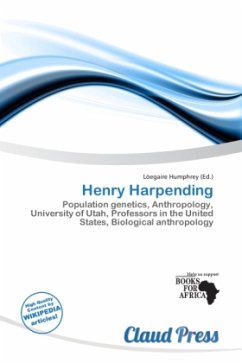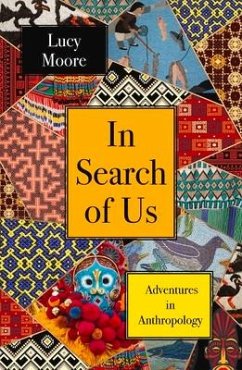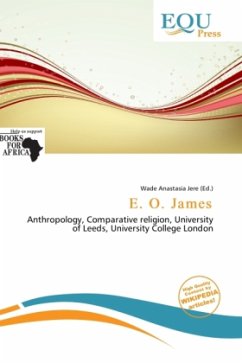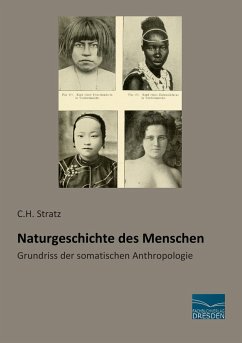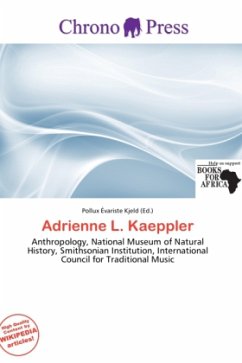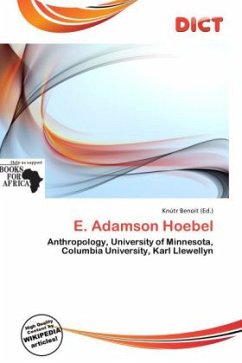
Henry Field (anthropologist)
Anthropology, Sunningdale School, Marshall Field, Kish (Sumer), Marsh Arabs
Herausgegeben: Garfield, Norton Fausto
Versandkostenfrei!
Versandfertig in 6-10 Tagen
19,99 €
inkl. MwSt.

PAYBACK Punkte
10 °P sammeln!
Please note that the content of this book primarily consists of articles available from Wikipedia or other free sources online. Henry Field (December 15, 1902 January 4, 1986) was an American anthropologist. Henry Field was born in Chicago. He was a great nephew of the merchant Marshall Field and a great nephew of Barbour Lathrop. Field grew up at Baggrave Hall, Hungarton, Leicestershire, England and he was educated at Sunningdale, Eton, and Oxford (B.A., 1925; M.A., 1930; D.Sc., 1937). After being awarded his B.A., Field moved back to Chicago in 1925 to begin working for the Field Museum of N...
Please note that the content of this book primarily consists of articles available from Wikipedia or other free sources online. Henry Field (December 15, 1902 January 4, 1986) was an American anthropologist. Henry Field was born in Chicago. He was a great nephew of the merchant Marshall Field and a great nephew of Barbour Lathrop. Field grew up at Baggrave Hall, Hungarton, Leicestershire, England and he was educated at Sunningdale, Eton, and Oxford (B.A., 1925; M.A., 1930; D.Sc., 1937). After being awarded his B.A., Field moved back to Chicago in 1925 to begin working for the Field Museum of Natural History in Chicago as assistant curator of physical anthropology. Field's first participation in an expedition was in the University of Oxford/Field Museum excavation of Kish. His work included 5000 photographs of the excavations and portraits of the modern villagers. Beginning in the late 1920's the Field Museum began planning for the upcoming Chicago World's Fair. Field supervised the creation of two permanent exhibitions. The "Hall of Prehistoric Man" had nine full-size dioramas of early life augmented by artifacts collected by Field. The "Hall of the Races of Mankind" had over 100 full sized sculptures of different races by the renowned sculptor Malvina Hoffman.



